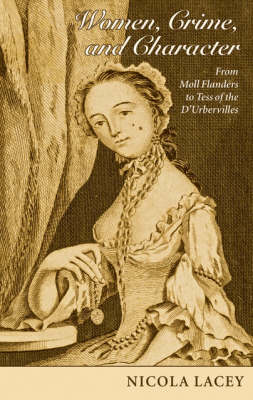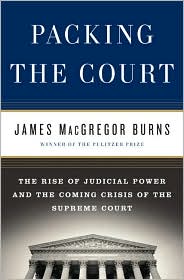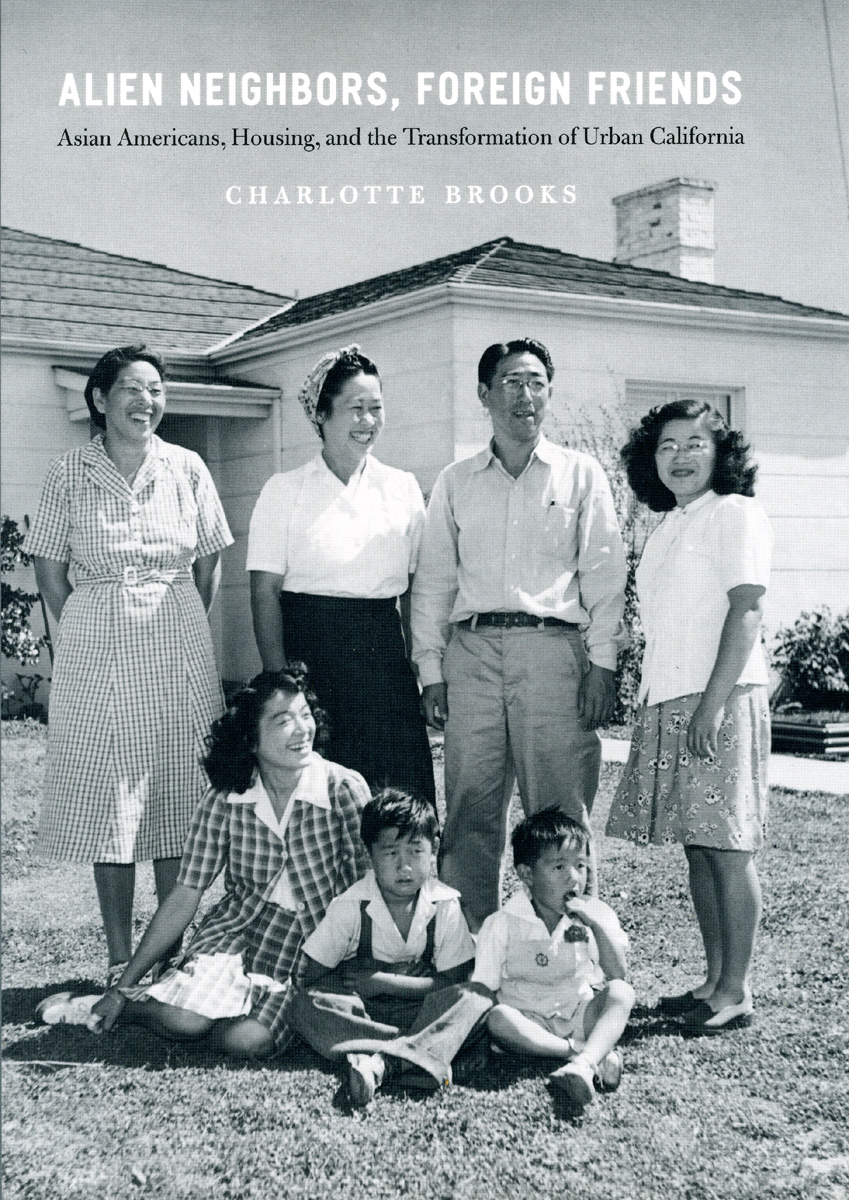SEMESTER-LENGTH SEMINAR ON CONSTITUTIONAL HISTORY IN AUTUMN 2009,
Akhil Reed Amar (Yale University) and James Oakes (CUNY)
to Teach Graduate-Level Course About Constitutional Issues Raised by Lincoln’s Presidency
In its capacity as the New York City home of the
Institute for Constitutional History (ICH)—an organiza

tion that is co-housed in Washington, DC, at the George Washington University Law School—the New-York Historical Society is pleased to announce that its first semester-long graduate course will take place in autumn 2009 as the Robert H. Smith Seminar. In keeping with the Lincoln Bice
ntennial theme of the Historical Society’s programs in 2009, including its major exhibition
Lincoln and New York, the seminar will focus on the constitutional issues arising from the presidency of Abraham Lincoln and will be taught under the title of Lincoln’s Constitution.
Designed for graduate students and junior faculty in history, political science, law and related disciplines, the seminar will be taught by the distinguished scholars Akhil Reed Amar (Yale College and Yale Law School) and James Oakes (CUNY Graduate Center).
“We are proud to be taking this major new step in advancing the mission of ICH,” stated Louise Mirrer, president and CEO of the Historical Society. “The history and use of the Constitution are central to American history and culture, but do not constitute a central field of historical st
udy at any university in the New York metropolitan area. The New-York Historical Society offers an optimal site for such a program, given its collections, location, reputation for high standards, and ability to provide a neutral ground that can convene scholars from a wide variety of institutions.”
The collections of the Historical Society’s Museum and Library are extraordinarily rich in materials related to the Constitution and its history. Among these are papers, letters, maps, caricatures and other documents having to do with the John Peter Zenger case, the Stamp Act, the events of the early Federal period (including the crises of the 1790s) and the political battles of the early 19th century; Rufus King's notes on the Constitutional Convention; William Livingston's draft of the Constitution, marked up during the Convention; John McKesson’s notes on New York State’s ratifying convention; John Jay’s draft of Federalist #64; and Jay’s marked copy from the ratifying convention.
Commented Maeva Marcus: “As director of the Institute for Constitutional History, I am very pleased that N-YHS will be the home for ICH programs in the New York metropolitan area. Lincoln's Constitution, taught by two eminent scholars, will be a splendid beginning for the Robert H. Smith seminars in constitutional history.”
The Lincoln’s Constitution seminar at the Historical Society will move beyond the period when the Constitution was framed and first interpreted to consider some of the critical yet unresolved questions that Lincoln addressed during his years in public life. Among these were:
- What rights and protections did slaveholders have under the Constitution?
- Was secession lawful, or was the Union perpetual under the Constitution?
- What were the constitutional war powers of the presidency?
- Under what conditions could the president suspend habeas corpus?
- Did emancipation violate the constitutional right of property?
- What was the citizenship status of former slaves, and of free blacks generally?
- And who got to decide these issues: Congress, the Supreme Court, or Lincoln?
Akhil Reed Amar is the Sterling Professor of Law and Political Science at Yale University, where he teaches constitutional law at both Yale College and Yale Law School. Co-editor of a leading constitutional law casebook, Processes of Constitutional Decisionmaking, Amar has also written several books, including The Constitution and Criminal Procedure: First Principles, The Bill of Rights: Creation and Reconstruction, and most recently America’s Constitution: A Biography.
James Oakes is Distinguished Professor of History at the CUNY Graduate Center. He is a winner of the 2008 Lincoln Prize for his book The Radical and the Republican: Frederick Douglass, Abraham Lincoln and the Triumph of Antislavery Politics. His previous books include The Ruling Race: A History of American Slaveholders and Slavery and Freedom: An Interpretation of the Old South.
Applications for admission to the seminar may be made by email only, in care of
Mmarcus@nyhistory.org, and
will be accepted until August 30. Applicants should include a copy of their curriculum vita and a short statement on how this seminar will be useful in their research, teaching, or professional development. Successful applicants will be notified by email. For further information, please contact Maeva Marcus at (202) 994-6562 or e-mail
icsgw@law.gwu.edu.
Lincoln’s Constitution will be taught at the New-York Historical Society, 170 Central Park West, on Thursday afternoons from 1:00 to 3:00 p.m.
The seminar will be held on September 17 and 24 and on October 1, 15, 22, and 29, 2009.
Image source.
 posted by Guy Powles, Monash University, Faculty of Law. It appeared in Revue Juridique Polynesienne, Vol. 13, 2007. Here's the abstract:
posted by Guy Powles, Monash University, Faculty of Law. It appeared in Revue Juridique Polynesienne, Vol. 13, 2007. Here's the abstract:























